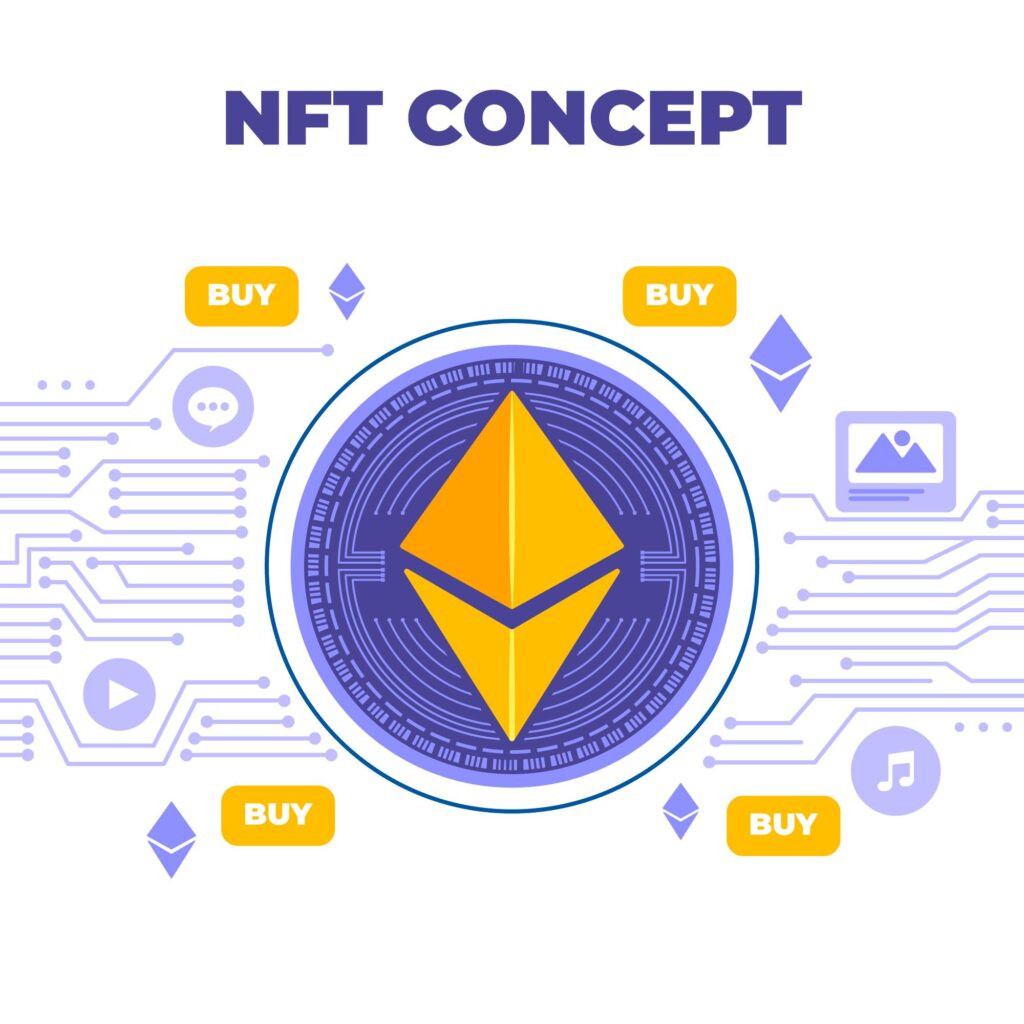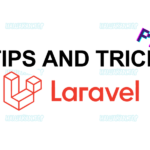NFTs have become increasingly popular in the digital world, especially within the realms of art, music, and collectibles. But what exactly are they? How do they work on a blockchain? And why are they considered so revolutionary? This guide provides a simple explanation of NFTs, complete with easy-to-understand examples and a look at their potential. Learn more about the exciting world of NFTs: OpenSea
What is an NFT?
NFT stands for Non-Fungible Token, meaning a token that is unique and can’t be exchanged for another on a 1:1 basis. Essentially, an NFT is a unique digital asset verified using blockchain technology. Here’s a breakdown:
- Non-Fungible: This signifies that an item is one-of-a-kind and cannot be replaced with something else. Think of the Mona Lisa. It’s non-fungible because only one original exists.
- Token: A token is a digital representation of an asset on a blockchain.
Unlike cryptocurrencies like Bitcoin or Ethereum, which are fungible (meaning every unit is identical and interchangeable), NFTs possess unique characteristics. Therefore, one NFT cannot be directly swapped for another of supposedly equal value.
How NFTs Work on a Blockchain
NFTs are created and managed using blockchain technology, most commonly on the Ethereum network. Here’s a simplified overview of how NFTs work:
- Smart Contracts: First, developers use smart contracts to create NFTs. These contracts store vital information about the NFT, including the owner, metadata, and specific properties.
- Token Standards: Next, most NFTs follow standards like ERC-721 and ERC-1155 (on Ethereum). These standards ensure compatibility across various platforms and marketplaces.
- Unique Identification: Finally, and importantly, every NFT has a unique ID and metadata that distinguishes it from all other NFTs.
The blockchain acts as a transparent, permanent digital ledger. It records the ownership history and all transactions related to each NFT, thereby guaranteeing authenticity and provenance.
Understanding NFTs with a Simple Example
Imagine your digital photo album. If you create an NFT of one of your photos, that NFT now has:
- Unique Identity: Only one NFT of that specific photo exists.
- Proof of Ownership: The blockchain permanently records you as the legitimate owner.
- Perceived Value: Others might want to buy your photo NFT because of its unique qualities or the story behind it.
Here’s a practical example:
- You capture a breathtaking sunset photo.
- You then decide to sell it as an NFT on a platform like OpenSea.
- The buyer receives verifiable digital proof that they now own the original digital photograph.
Types of NFT Assets
NFTs can represent a wide array of assets, both digital and (increasingly) physical. Here are some common examples:
- Digital Art: This includes digital paintings, illustrations, and animations. A famous example is Beeple’s “Everydays: The First 5000 Days,” which sold for $69 million.
- Music: Musicians can sell songs or entire albums as NFTs, providing fans with unique ownership opportunities. Kings of Leon, for example, released an album as an NFT.
- Digital Collectibles: Think of digital trading cards, virtual stickers, or other unique digital items. NBA Top Shot offers collectible NFT moments from basketball games.
- In-Game Items: In video games, NFTs can represent items like character skins, weapons, or virtual land. Axie Infinity lets players own and trade NFT-based characters.
- Virtual Real Estate: You can buy and sell virtual land or property in metaverses as NFTs. Decentraland is a popular platform for this.
- Domain Names: Blockchain-based domain names, like those on the Ethereum Name Service (ENS), can be registered and traded as NFTs.
Advantages of NFTs
NFTs offer several compelling advantages:
- Proof of Ownership: The blockchain provides undeniable proof of who owns a digital asset.
- Uniqueness and Scarcity: Each NFT is unique, creating scarcity and potential value.
- Creator Royalties: Artists and creators can automatically receive royalties every time their NFT is resold in the secondary market.
- Transparency and Immutability: All NFT transactions are recorded on the public and immutable blockchain.
Disadvantages of NFTs
However, it’s also important to be aware of the potential downsides:
- High Transaction Fees (Gas Fees): Transactions on some blockchains, especially Ethereum, can involve substantial gas fees.
- Price Volatility: The value of NFTs can be highly volatile and subject to market fluctuations.
- Copyright and Intellectual Property Issues: Determining and enforcing ownership of the underlying asset versus the NFT can be complex.
- Environmental Concerns: Some blockchain networks require significant energy consumption, raising environmental concerns.
Real-World Implementations of NFTs
NFTs have the potential to transform numerous industries:
- Art and Collectibles: Artists can sell their work directly to collectors as NFTs, bypassing traditional intermediaries and retaining more control over their creations.
- Digital Ticketing: NFTs can be used for ticketing to prevent fraud and counterfeiting, ensuring ticket authenticity.
- Digital Identity: NFTs could be used to represent verifiable digital identities and credentials, such as diplomas or certificates.
Conclusion
NFTs represent a powerful innovation in digital ownership and asset management. They offer exciting possibilities across diverse fields, from art and gaming to real estate and identity verification. However, it’s essential to understand both the benefits and the potential risks before engaging with NFTs. As the technology matures and adoption increases, NFTs are likely to play an even more significant role in shaping the future of the digital world.


